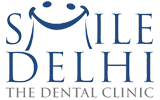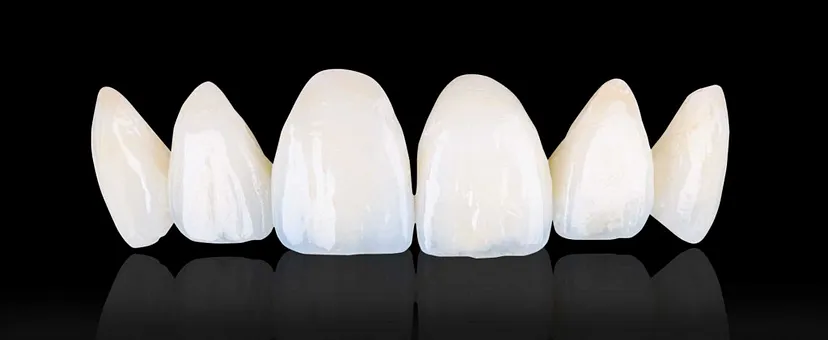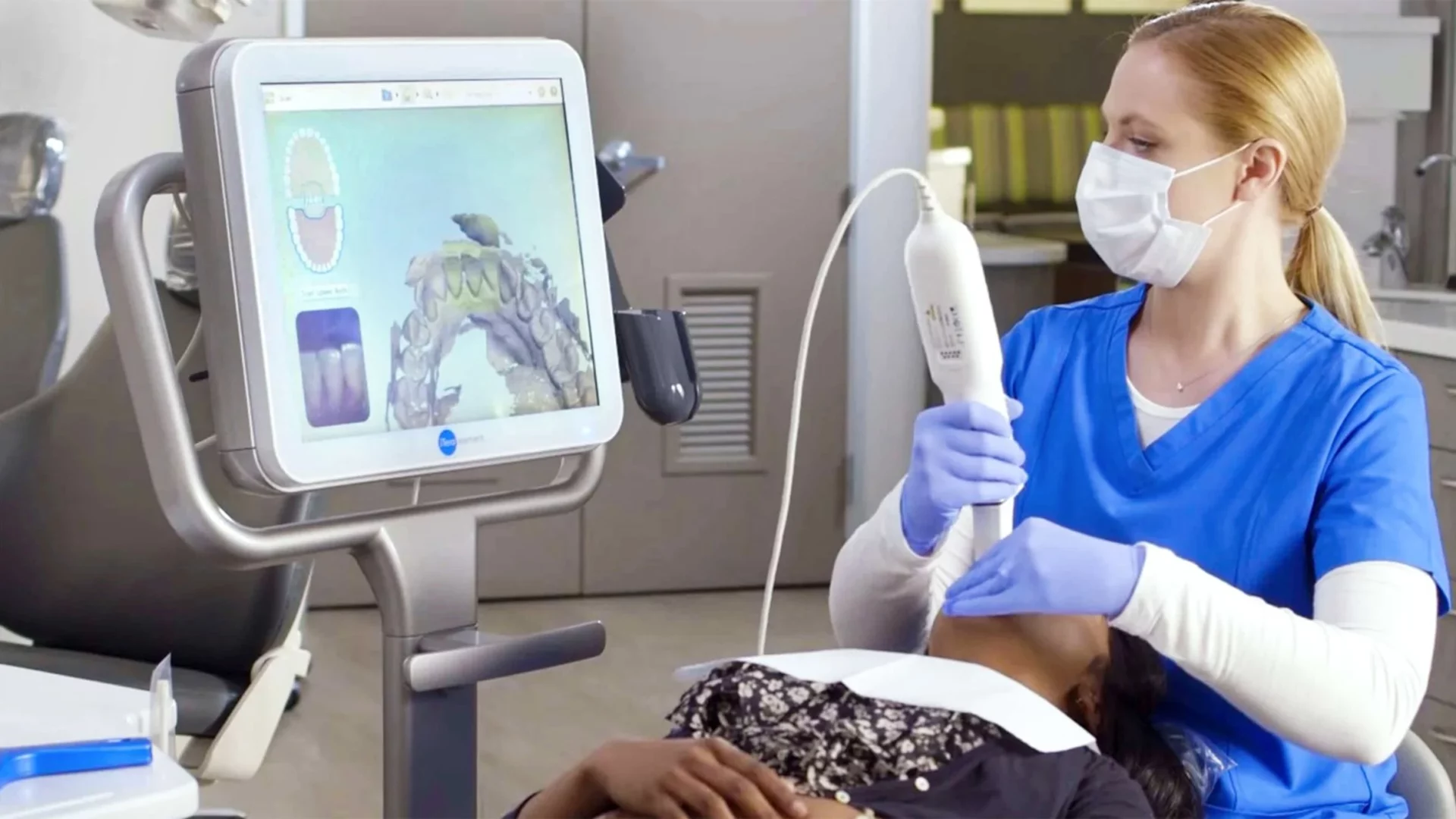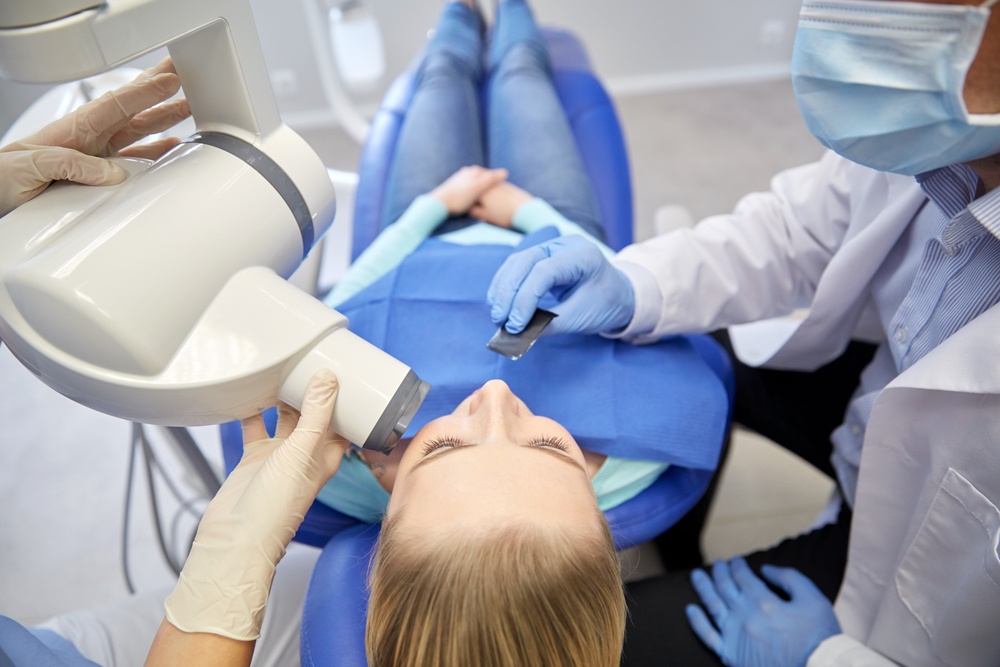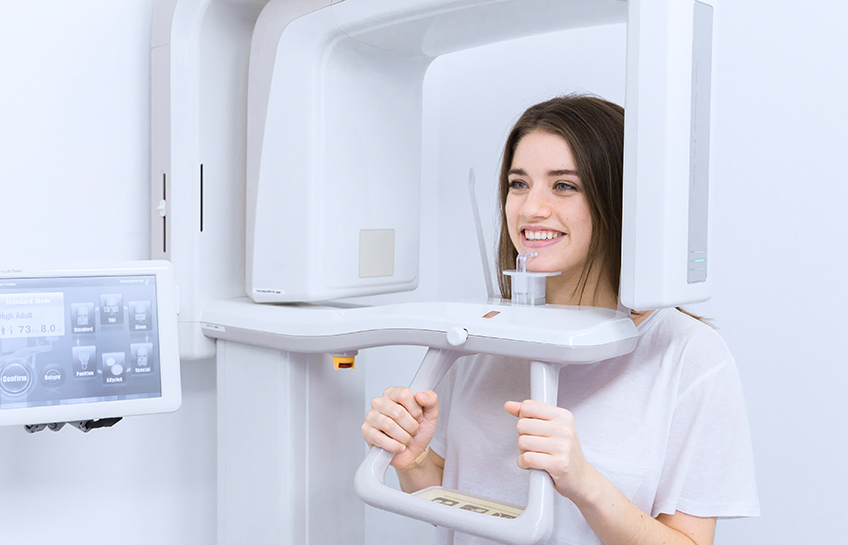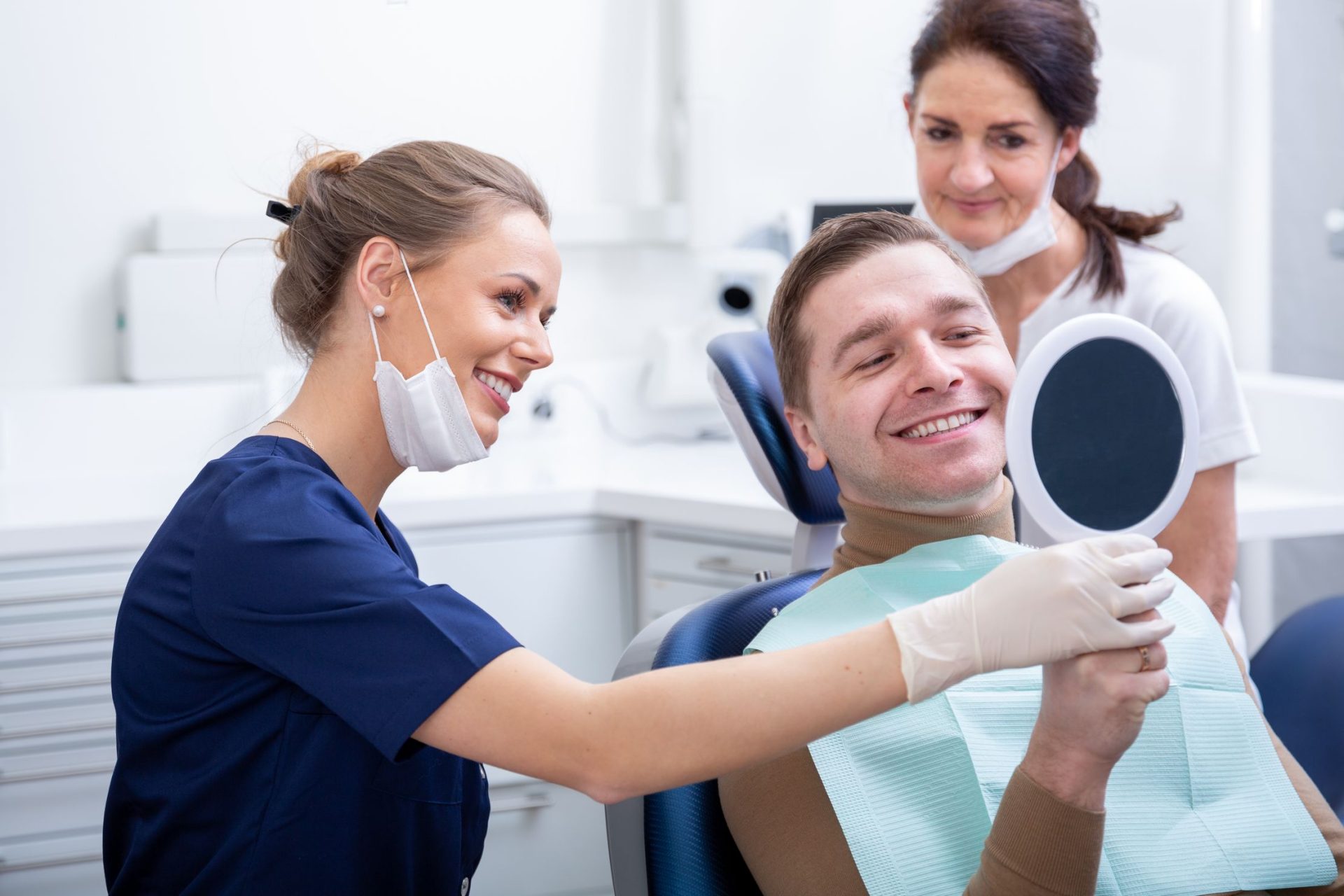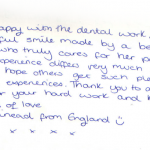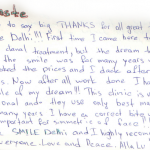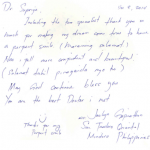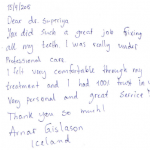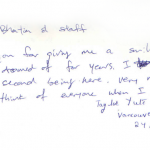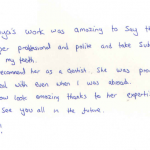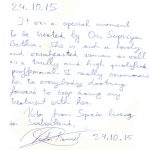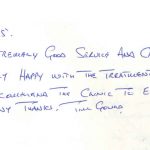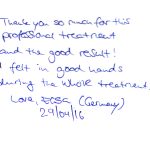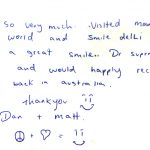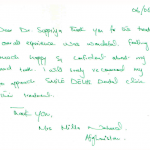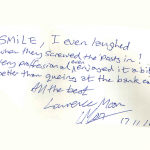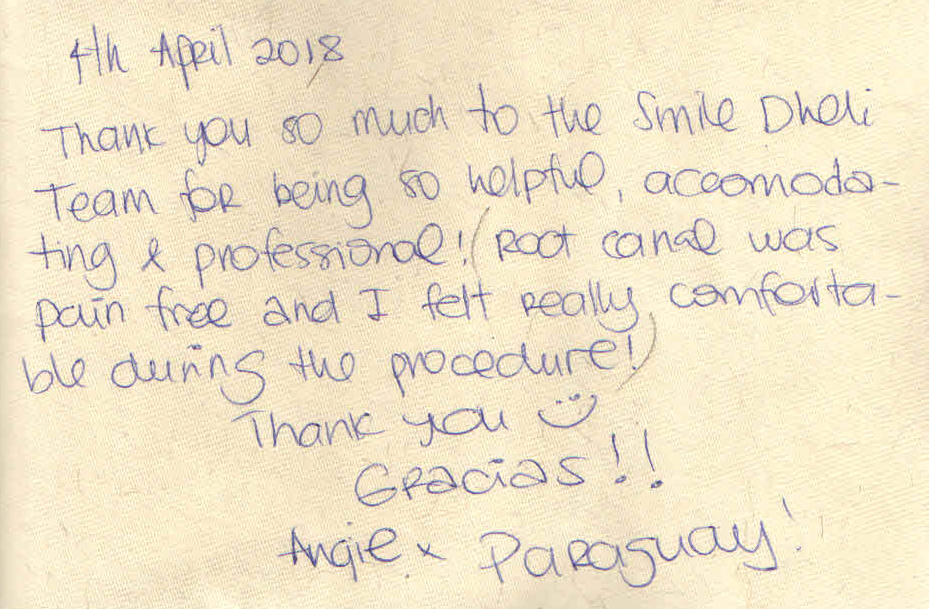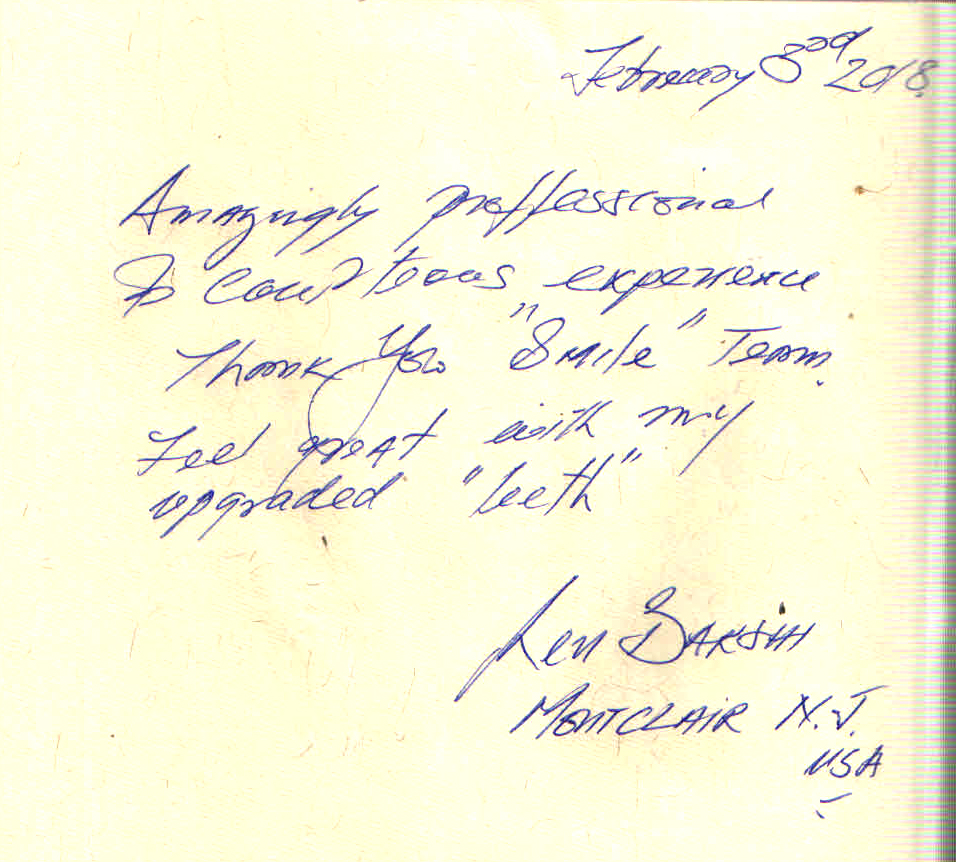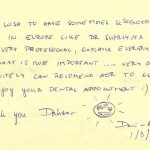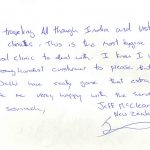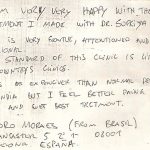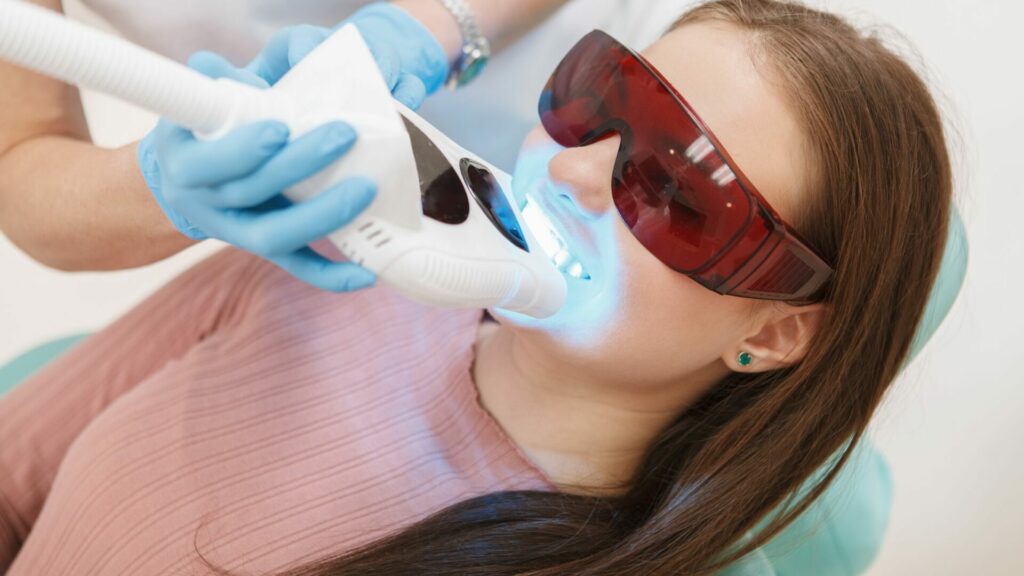
5 DIGITAL DENTISTRY TRENDS TO WATCH IN 2023
It seems like every day there’s a new ground-breaking technological advancement being announced, from images generated by artificial intelligence to energy produced by nuclear fusion. Luckily, the field of dentistry has its own fair share of tech marvels! This is what makes dentistry exciting and dynamic.
These are the five popular dental trends of 2023.
1. Cad Cam Crowns (Computerised Crowns)
Computer-aided design (CAD) and Computer-aided manufacturing (CAM) are software programs that aid professionals performing complex dental procedures. CAD CAM has been around since the mid-80s, but with today’s advancements in computing, there are now tools that have made the process simpler, quicker and more accurate. The technology can create restorations from a single block of ceramic, including dental crowns, veneers, bridges, inlays and onlays.
With CAD CAM technology, there is no need to use impressions, because the technology will create custom 3-D images of your prepared tooth or teeth by simply scanning them with a high-tech camera, creating a virtual design. The design guides the milling machine to carve the restoration from a solid block of restorative material which will become the basis for your tooth restoration process.
CAD CAM no longer requires multiple appointments nor a temporary recovery period. Everything is fast, user friendly and precise.
The best dental clinics in Delhi viz… ‘Smile Delhi – The Dental Clinic’ are routinely providing CAD CAM crowns to their patients.
Dental Tourism in Delhi is catering to inbound patients for these CAD CAM crowns in a big way. The cost of the all ceramic crowns in Delhi being reasonable adds to its popularity with the dental tourists in Delhi.
What are the Benefits of CAD CAM Technology?
CAD CAM provides many advantages for restorative dentistry.
It includes:
- Improved Accuracy
- Shorter Waiting Periods of Time
- Life Like Teeth
The technology also enables dentists to provide you with accurate, strong dimensionally stable restorations. This means that these restorations can last a long time and are much less likely to fracture compared to those millings from earlier materials.
The restorations are made to custom-fit your tooth and bite. Compared to traditional fillings, these restorations are durable and strong and require little to no adjustments. It will lessen your costs, increase your comfort and improve your life.
2. Digital Impressions with Intraoral Scanner
Dentistry is becoming increasingly digital, even though currently only a minority of our profession is working this way. With digital technology, it is possible to capture accurate impression data more quickly than it is when using conventional dental impressions. Digital impressions eliminate the need for laborious impression materials and provide a more comfortable experience for patients.
The information collected with a digital impression can be transferred to a computer that will be used to create the restoration. This technique often avoids the need for a conventional plaster model.
Be it chairside systems, orthodontic aligners, guided surgery or the manufacturing of crowns, bridges and even removable prosthesis, the topic of digital impressions is an important part of the discussion.
Advantage of digital impressions:
- Increase Productivity and Efficiency.
- Provide high degree of accuracy
- Improved impression quality, resulting in precisely fitting restorations
- Less chair time is required
- Digital impressions can be far more pleasant for patients who struggle with conventional impressions, especially for people with strong gag reflexes, anxiety or fears when receiving dental treatment
- Eliminating the use of conventional materials can reduce impression-taking errors, resulting in fewer remakes
- The ability to see the impression on-screen in the surgery allows dentists to check tooth preparations more accurately and to modify preps if required
For the above reasons the best dentists in Delhi have started using digital impressions regularly.
If you’ve ever had a conventional impression, you will immediately understand the benefits of a digital system. The traditional method requires the patient to place a tray with a thick, gooey material called alginate in their mouth and hold for two to five minutes until the material sets. Not anymore; with technology backing dentistry the impressions are done without using any manual instruments.
A scanner is placed in the patient’s mouth with digital impressions and moved around the affected area like waving a magic wand and done within 5 minutes.
Book your appointment now in the best dental clinics in Delhi to enjoy the latest advancements.
3. RVG X-Rays
RVG means Radio Visio Graphy. It is an instant method of taking dental x-rays. It is a form of intraoral digital imaging which uses advanced sensors instead of traditional films. The image captures better details and also gives lesser radiation as compared to traditional image techniques. There is negligible radiation exposure to the patients reducing it by almost 90% compared to traditional x-rays. Thus, the best dental clinics in Delhi have replaced their traditional X-Ray machines with RVG machines. It provides quick results and aids in early diagnosis without wasting patient’s time.
It is localized and limited to 3 to 4 teeth. It can be used as a chair side educational tool during treatment. In periodontal diseases, it helps to evaluate bone loss from the jaws. RVG is used by the best dentists in Delhi to educate and motivate them for their treatment.
4. CBCT Scans
A standard CT scan stands for ‘computed tomography’ – a type of medical imaging that combines multiple X-ray measurements into virtual slices of an object, allowing the physician to see within the object thoroughly without cutting into it.
Cone beam computed tomography (CBCT scan) is a sub-type of this imaging that is optimized for use in fields such as dentistry, orthodontics, oral surgery and endodontics.
Their contribution to the dental field:
CBCT scan is a safe and common imaging technique that is usually quick and painless. It helps ensure that the dentist or orthodontist gets the most accurate assessment possible of the teeth and jaws.
As a dental scan/CBCT can give the dentist an in-depth view of teeth, jaw, gums, nerves and sinuses. It can help detect and diagnose many diseases. It is so detailed that even minute fractures in the tooth can be detected. The best dentists in Delhi are routinely counselling their patients regarding this to diagnose the dental problems precisely.
These diseases and complications include:
- Airway sleep disorders such as sleep apnea
- TMJ
- Bone Cancers, Tumors or Cysts
- Fracture
- Tooth root infections, root canals or other problems with the core of the tooth
- Gum Problems
- Nasal Anatomy, include: septum and sinuses.
CBCT scan cuts the radiation exposure dramatically when compared to medical CT. It helps the dentists in the following:
- Providing accurate measurements, including shape and dimensions of the jaw – which is useful for dental implant surgery and taking measurements for oral appliances
- Detecting lesions that may indicate serious disease
- Diagnosing airway sleep disorders
- Identifying the precise location of an infection in the tooth.
Benefits of CBCT scan over the regular CT Scan:
- 90% less radiation exposure as compared to CT scans.
- Quick procedure of 30 seconds to a minute as compared to one hour procedure in CT scans.
- No discomfort like claustrophobia or loud noise.
- This dental scan procedure is quick and painless.
- CBCT technology allows the dentists to use flapless implant placement, which is less invasive for the patient and reduces discomfort and speeds up the recovery process.
- CBCT scan allows the dentists to measure the amount of jawbone available so that they can determine not only if bone grafting is required prior to placing the implant but also the exact location where the implant must be placed for long-term success.
Since the CBCT scan is such a comprehensive investigation the best dentists in Delhi are using it routinely for their patients.
5. Lasers
LASER is short for ‘light amplification by stimulated emission of radiation.’ It is essentially an instrument that produces a thin and concentrated beam of energy.
In dentistry, these fine laser beams provide a high level of precision and also higher safety compared to drilling and the use of anaesthetics.
These beams produce an effect when they hit tissues, helping to remove or shape the tissues.
Where are Lasers Used in Dentistry?
Lasers are helpful in creating incisions and removing tissue. The main purpose of this technology is to improve a dentist’s visibility and provide greater access and do away with the need to drill, which causes blood loss.
- Tooth Decay
To eliminate a cavity within a tooth and formulate the enamel for the filling.
- Gum Disease
To help reshape gums and also clean bacterial growth through root canal procedure. They are proving a popular tool to treat oral infections & periodontal diseases.
- Remove Lesions
Lasers may be used to remove a small piece of tissue to give relief to sores & oral ulcers as well as extract a sample for biopsy.
- Teeth Whitening
For professional teeth whitening procedure, the laser beams emit a safe amount of heat to speed up and increase the efficacy of bleaching agents.
- Pre-Surgical Preparation
With this technology, there is no need for drilling and anesthesia. Furthermore, they also kill the infection in cavities while putting crowns or fillings.
- Correcting A Gummy Smile
To remove excess tissue with precision, lengthen crowns or release muscle attachments that are too tight. Proficient at making incisions and removing gum tissue. They improve a dentist’s visibility and access while reshaping gums.
- Correcting Discoloured Gums
It removes the dark surface pigment of melanin in a painless, bloodless manner and converts it to a pleasing pink colour.
- Crown Lengthening
For long and short teeth, this technology can lengthen crowns for cosmetic or better bite purposes.
- Repair Soft Tissues
Lasers can remove and repair soft tissue defects & congenital abnormalities.
- Curing Tongue Frenulum Attachment
A laser frenectomy can treat a tight frenulum (lower part of the tongue). It is especially beneficial for children who have a problematic frenulum, inhibiting speech or breastfeeding.
- Reduces anxiety regarding the fear of dental treatments
- Patients experience lesser bleeding & swelling during treatments and may not need stitches.
- Lasers are extremely precise, decreasing potential risks during treatment.
- They sterilize the oral cavity, lowering the chances of infection.
Thus, the reputed dental clinics in Delhi are conducting laser dental treatments routinely.
To book an appointment with us in, ‘Smile Delhi – The Dental Clinic’– call us on +91-9811106871 or whatsapp Dr. Suprriya B Bhatia on +91-9811106377. You can also mail us on [email protected]
“We Care To Make You Smile”
Posted by: Dr Hema
